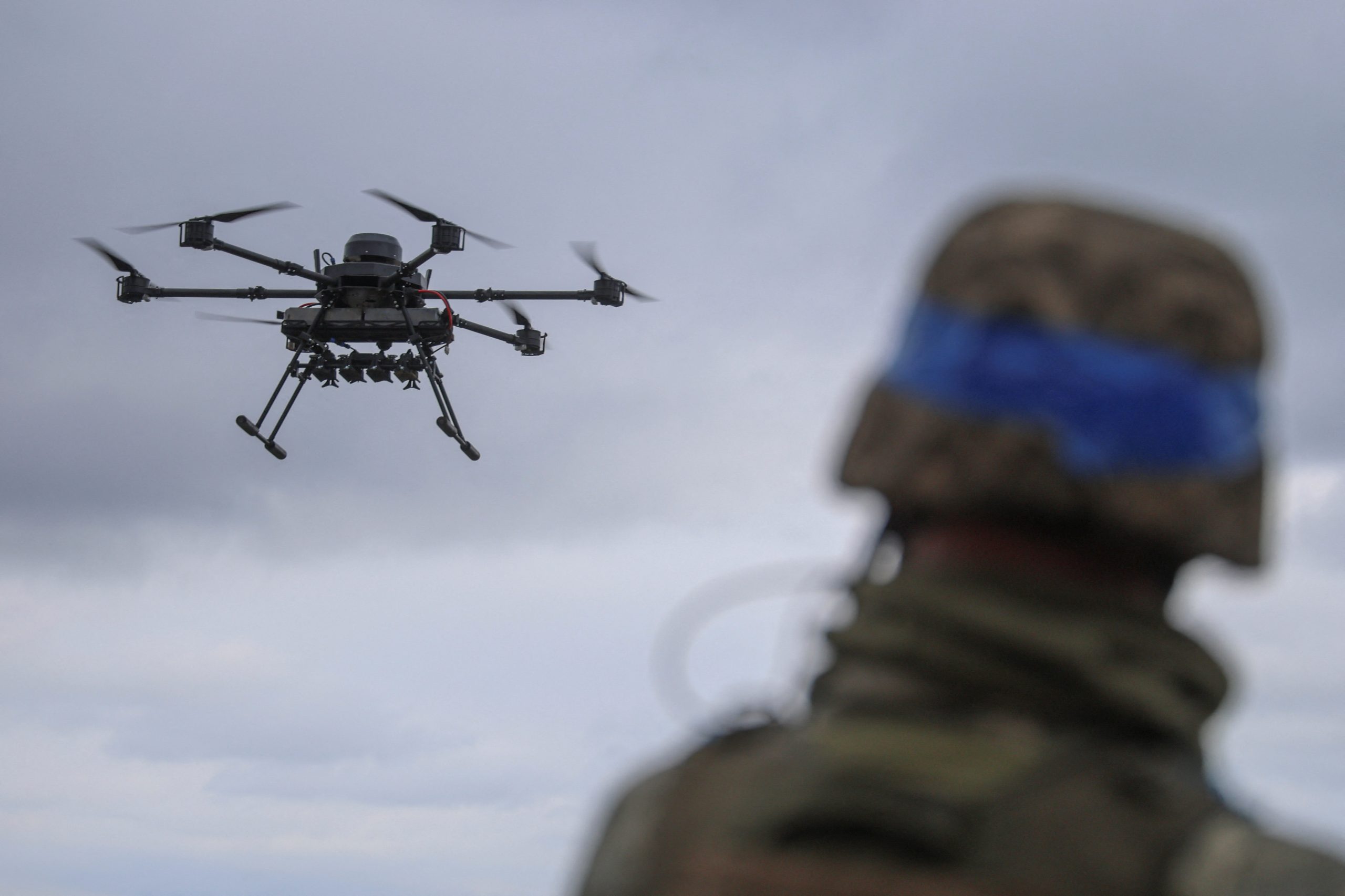Minister of Strategic Industries Oleksandr Kamysin stated that the port infrastructure of the Russian city of St. Petersburg was attacked by Ukrainian drones with a flight range of 1250 kilometers. He shared this information during a panel discussion at the Ukrainian House in Davos.
During the night of January 18, around 1:30 AM, Russian air defense intercepted a UAV of aircraft type in the Leningrad region. Russian media reported that three drones were used in the attack, and debris from one of them was found on the premises of the "Petersburg Oil Terminal" enterprise.
The port infrastructure remained undamaged. The unidentified UAV of aircraft type had a wingspan of 6 meters and an internal combustion engine, carrying a combat payload weighing 3 kg. Additionally, two more drones were said to have possibly fallen in the Gulf of Finland, about 5 kilometers from the terminal.
It is noted that on their way to St. Petersburg, they flew over the Bryansk, Smolensk, Tver, and Novgorod regions.
Earlier, sources from "Ukrainska Pravda" reported that the attack by Ukrainian drones on the oil depot in the Leningrad region of the Russian Federation on the night of January 18 is a special operation of the Main Intelligence Directorate of the Ministry of Defense of Ukraine.
"This is a Main Intelligence Directorate operation involving modern Ukrainian means. Data collection is ongoing, confirmed hits on targets. Now military facilities in Petersburg and the Leningrad region are within the reach of Ukrainian forces," said an anonymous source.
He added that Ukrainian drones have attacked the Leningrad region of Russia not for the first time, and this time there are "differences, and the enemy felt them."
The Russian "Petersburg Oil Terminal," which was the target of the long-range drone attack, is the largest Russian terminal for the transshipment of petroleum products in the Baltic region.




















